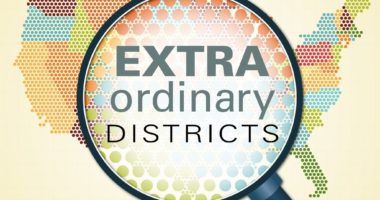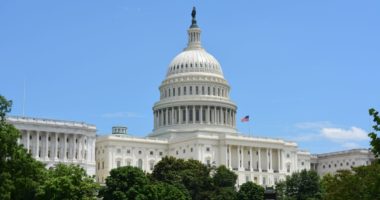How The American Rescue Plan Can Help States Advance Educational Equity
The federal government has made an unprecedented investment in education. The American Rescue Plan (ARP) Act provides almost $130 billion for education, and the amount of funding each state and school district receives is based on the share of Title I funding they receive under federal law. The U.S. Department of Education (ED) has already begun sending this money to states, and states must submit an application to ED describing how they will spend hundreds of millions (in some states, billions) of new dollars to meet students’ needs.
This application, which requires states to consult with stakeholders, is due on June 7, 2021. So now is the time for equity advocates to urge their state leaders to target these new federal dollars to close opportunity gaps, especially for students living in poverty, students with disabilities, students learning English, students experiencing homelessness, students in the foster care system, students who are incarcerated, undocumented students, Black and Latino students, Native students, and students who identify as LGBTQ.
To ensure federal funding is used drive significant change in our education system, state leaders must:
- Ensure equity in fiscal policies
- Meaningfully engage stakeholders in decisions about how additional federal funding will be used to support students and redesign public education to work for all students
- Target additional resources, including federal stimulus funding, to create safe and equitable learning environments and provide whole child supports, particularly for vulnerable and systematically neglected students
- Prioritize federal stimulus funds and additional state funding to evidence-based programs that address unfinished instruction and accelerate learning (e.g., targeted intensive tutoring, high-quality expanded learning time) and respond to students’ academic, social, and emotional needs in high-need districts and schools
- Strategically allocate federal stimulus funding to address immediate students’ needs and lay the groundwork for systemic changes that can be sustained in the long-term
With the majority of funding (at least $109 billion) going directly to local school districts, state leaders also have a huge opportunity to shape district leaders’ decisions about how these federal funds will be used. States must review a plan from each district that details how the school district will use ARP funding. The application or template that states ask their districts to use will impact whether districts use their federal funds effectively and equitably, or whether they use them to do more of the same that would lead back to a world of “pre-COVID inequity.”
State and district leaders are on a tight timeline to put on paper how they will use this new federal funding, although they will continue to refine the details of their plans based on the needs of students and schools. It is critical that equity advocates are engaging with their state and district leaders, now and in the coming months and years, to ensure federal funds are directed to the students who need it most and that states and districts are leveraging this federal investment to drive significant change in our education system.






